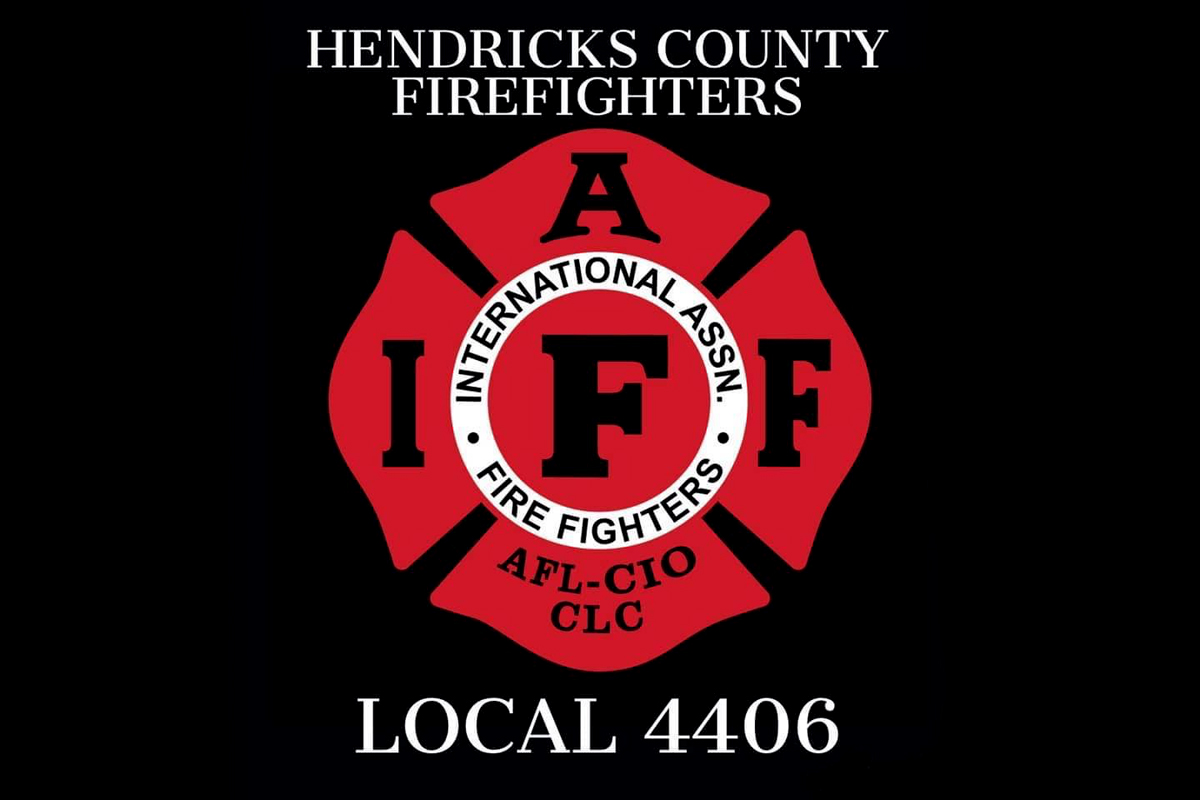The Ontario Professional Fire Fighters Association (OPFFA) is pleased with the passage of legislation that will allow fire fighters who have paramedic certification to use those skills in the field.
Bill 160 passed the Ontario legislature in December in response to OPFFA advocacy on patient care, paving the way for two fire fighter-paramedic pilot sites in the province.
13th District Vice President Fred LeBlanc commends the OPFFA for striving to improve patient care through its work with the Ontario government. “I look forward to seeing some objective data from the pilot sites regarding the efficiency of this model.”
OPFFA President Rob Hyndman says while it was hoped the legislation would go further, it’s a good starting point that will demonstrate how the use of existing personnel and vehicles can improve patient care in a cost-effective manner.
The OPFFA is expecting to meet with the provincial government and other stakeholders to discuss the proper design of the pilot sites. Other stakeholders may include the province’s Ministry of Health, base hospital doctors who have medical oversight over pre-hospital care, and possibly ambulance paramedics who have been extremely vocal in their opposition to any expansion of fire fighters’ roles in pre-hospital care in Ontario.
“The government has decided this is the way they want to do it, and we want to put down the swords and shields and move forward on this,” Hyndman says. “We’re happy to work with the government and other stakeholders to help design the most efficient and effective system of emergency medical care possible for the people of Ontario.”
The OPFFA also fostered debate about the issue with an online campaign that included a petition asking whether a certified paramedic arriving on a fire truck should be able to use his/her paramedic skills. (In Ontario, ambulance services operate separately from fire departments and paramedics are not represented by the IAFF.)
Land ambulance response is a chronic problem in Ontario. A 2013 report of the province’s Auditor General painted a woeful picture of ambulance response, with a majority of municipalities failing to meet their own target response times for the most serious medical calls. A full 40 per cent failed to meet the benchmark of responding to all calls within 15 minutes 90 per cent of the time.
The OPFFA also points to the many examples across North America where the efficiencies of the fire department are used to form part of or all extremely effective EMS delivery models. In Canada for example, several Alberta cities provide full EMS, including patient transport in dual-mode services, while in Winnipeg, adding a primary-care paramedic to each fire apparatus has increased response times to emergency medical calls significantly while saving the city millions.



